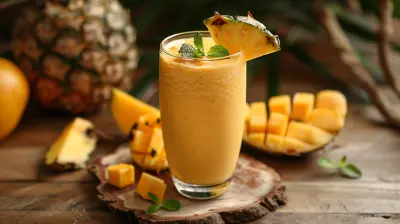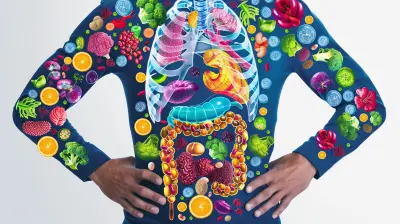Sustainable and Healthy Cooking Practices
31 May 2025
Let’s be real—cooking has gone way beyond just slapping some food in a pan and praying it turns into dinner. These days, it’s all about making meals that don’t just taste amazing, but also pack a punch in the health department and treat Mother Earth with a little more respect. Welcome to the world of sustainable and healthy cooking practices, where your kitchen becomes a superhero lair and your frying pan? Yeah, it’s basically Captain Planet.
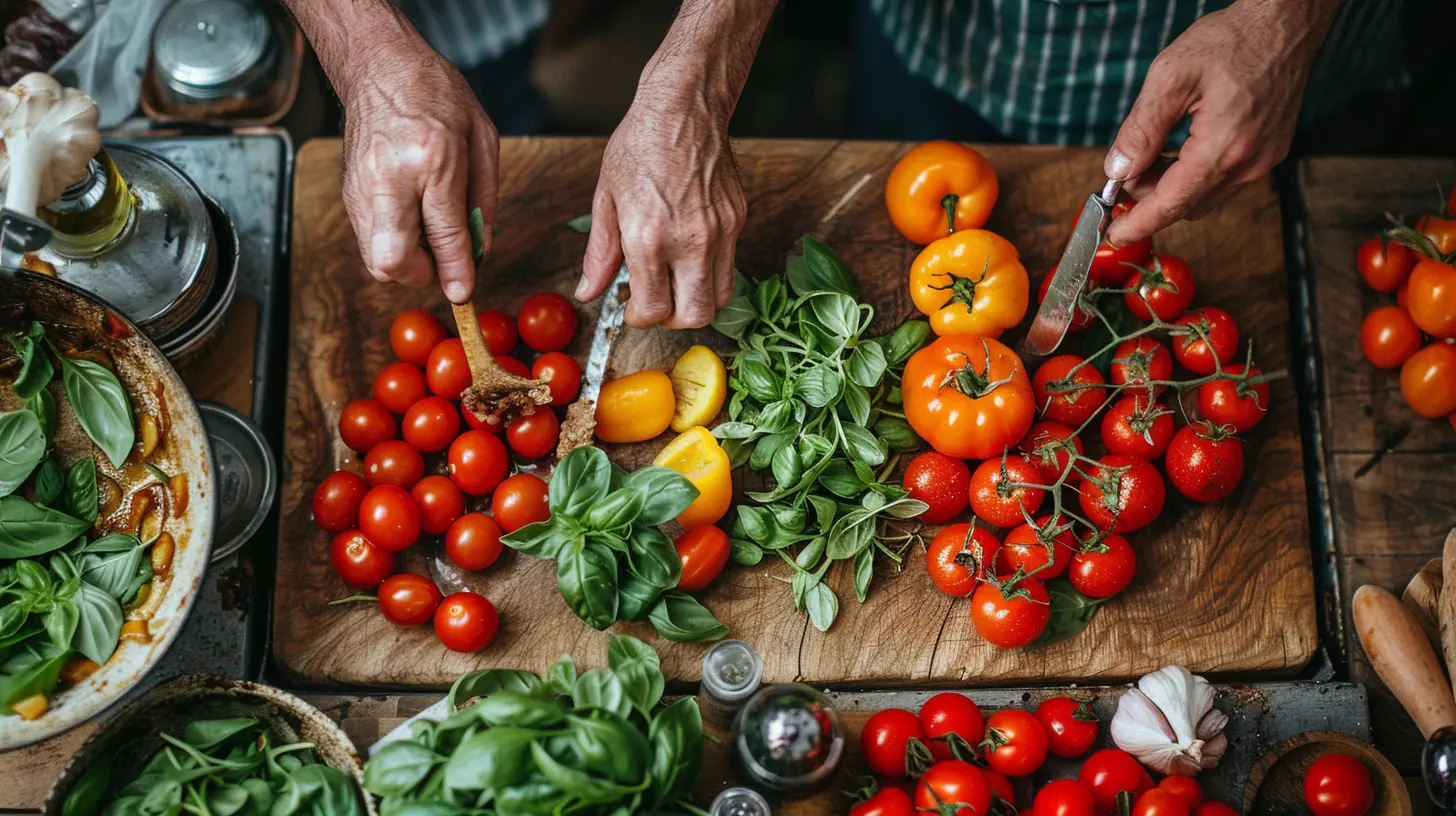
Why Should You Care About Sustainable and Healthy Cooking?
Okay, quick question: Would you rather eat food that’s toxic to your body and the planet or something that nourishes you while giving the Earth a high-five? I'm guessing the second one.Cooking sustainably isn’t just a fancy trend where hipsters ride bikes to farmer’s markets (although that does sound kind of charming). It’s a lifestyle. It’s about thinking big picture while chopping that onion. Healthy cooking, on the other hand, keeps your gut happy, your energy up, and your immune system doing jazz hands.
And bonus—when you combine both? You get flavors that sing, meals that matter, and a conscience that sleeps well at night.
Let’s dig in (pun fully intended).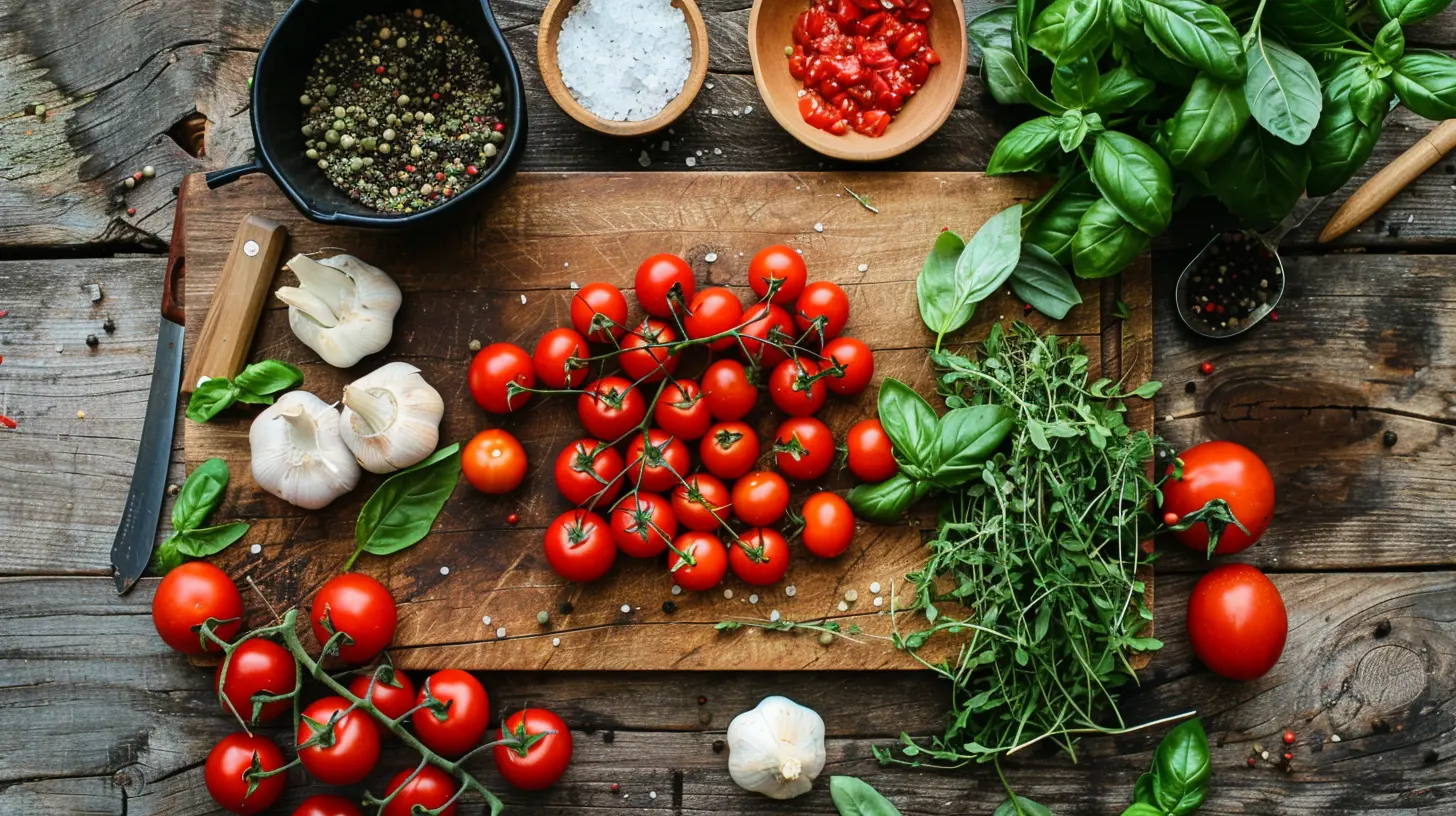
1. Know Thy Food Source
Farm to Table… Not Factory to Freezer
First things first—where your food comes from says a lot about its sustainability and nutritional value. If your tomato had to fly 3,000 miles to reach your salad bowl, that’s a red flag. Literally.Whenever possible, go local. Support nearby farmers, hit up the farmer’s market, or even better, join a CSA (Community Supported Agriculture). Local food = fewer emissions, fresher taste, and more nutrients.
Plus, that farmer’s market sourdough? Unreal.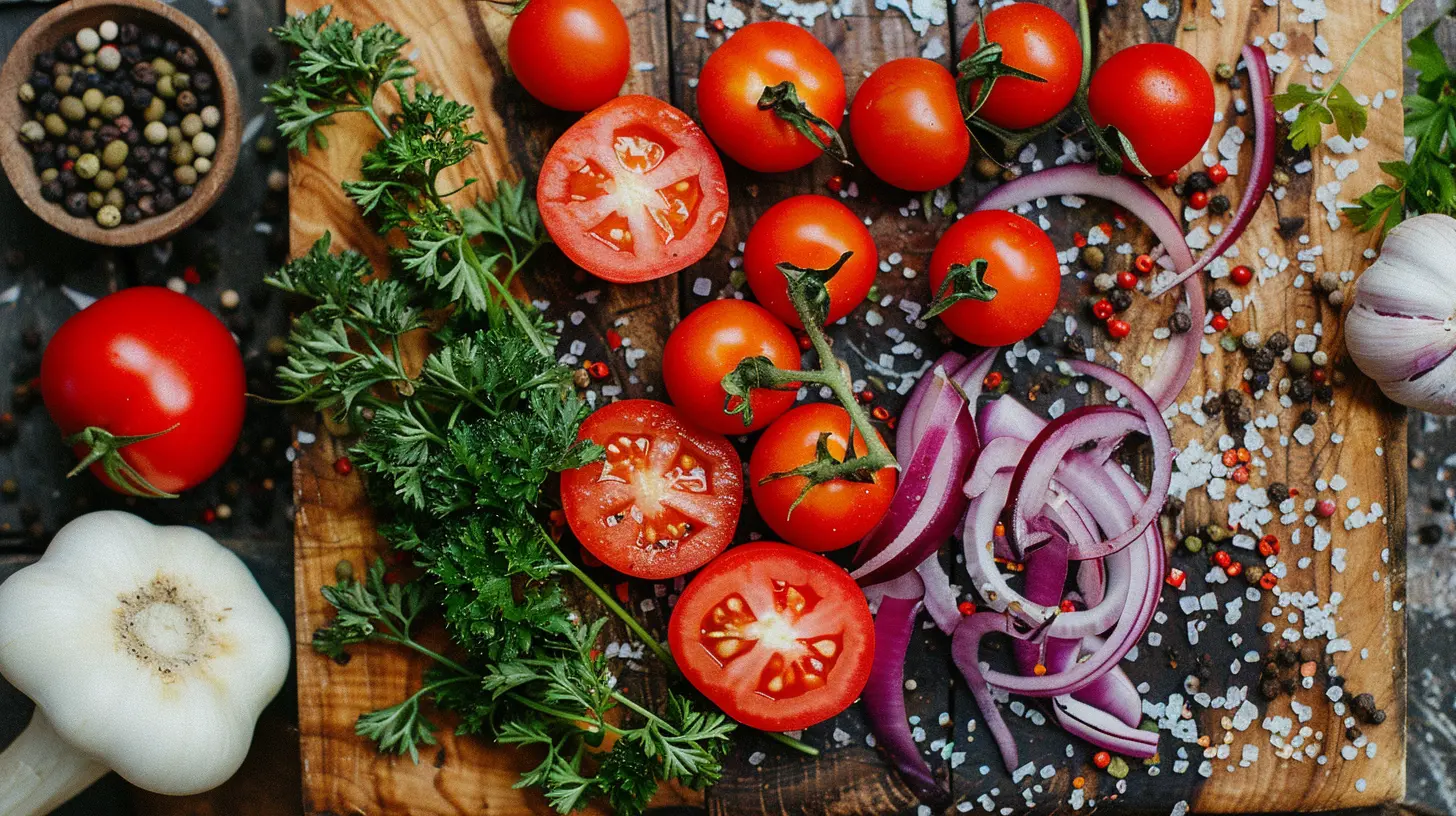
2. Seasonal Eating is the Real MVP
Nature Kinda Knows What She’s Doing
Ever notice that watermelon tastes kinda trash in winter? That’s because nature has its own rhythm. Eating seasonally means choosing fruits and veggies that are naturally grown during a particular time of year. It’s cheaper, tastier, and way better for the planet.When you eat seasonal produce:
- Farmers don’t have to rely on greenhouses or excessive water.
- Food doesn’t need a passport and a jet to get to your plate.
- You get food at its peak nutrient density.
Want a cheat sheet? Just Google “seasonal produce chart for [your country]” and pop it on your fridge. Boom—kitchen goals.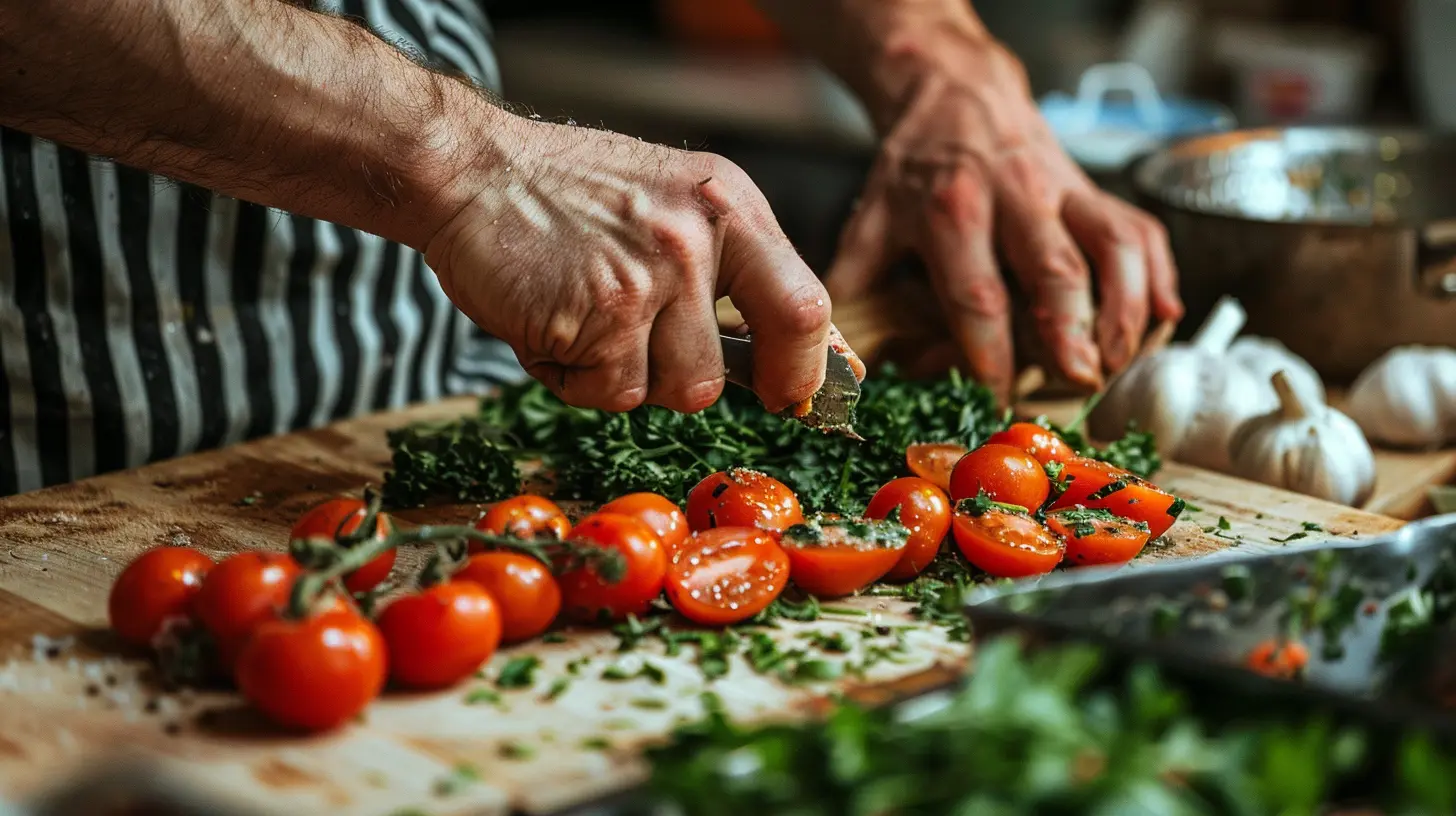
3. Cut the Crap (a.k.a. Ultra-Processed Foods)
If It Has Ingredients You Can’t Pronounce, Maybe Skip It
We’ve all been there—tempted by that shiny package with “low-fat,” “sugar-free,” or “made with real cheese” slapped across the front. But here’s the deal: ultra-processed foods are often full of additives, preservatives, and mystery ingredients that belong in a chemistry lab, not your stomach.These Frankenfoods are usually:
- High in added sugars and sodium
- Low in fiber and micronutrients
- Produced using unsustainable methods
Stick to whole foods. If your grandma wouldn’t recognize it as food, rethink that snack.
4. Use All Parts of the Ingredient (Yes, Even the Weird Bits)
Carrot Tops Deserve Love Too
Food waste is a massive issue—like, tons-of-food-thrown-every-minute kind of massive. But here's the fun part: you can be part of the solution, right from your kitchen.A few ideas to get those creative, eco-friendly juices flowing:
- Make veggie broth from scraps – Onion skins, garlic peels, celery ends? Toss them in a pot with water and boom—homemade stock.
- Use beet greens – They’re tender, flavorful, and totally edible.
- Save citrus peels for zest or cleaning – Multitasking like a boss.
Cooking sustainably is about honoring the whole food, not just the Instagrammable parts.
5. Ditch Single-Use Plastics in the Kitchen
Plastic Wrap is So Last Season
You don’t need to envelop your leftovers in cling wrap like it’s 2003. We have options now—and they’re not just better for the planet; they also look cooler. Seriously, have you seen those beeswax wraps?Here’s what to switch:
- Plastic wrap → beeswax wrap or silicone lids
- Ziploc bags → reusable silicone bags
- Paper towels → washable cloths
- Plastic containers → glass storage jars
And don’t forget your reusable shopping and produce bags. Your herbs will thank you.
6. Cook More, Waste Less
Your Fridge Isn’t a Graveyard… It’s a Goldmine
Who else has found a sad, forgotten cucumber melting in the veggie drawer? 🙋Meal planning is your best friend here. Before you hit the store, take inventory of what you already have. Plan meals around those ingredients. Leftover rice? Stir-fry. Half an avocado? Toast party. That last egg? Frittata it is.
You don’t have to be a Pinterest queen to get it right—just a little mindful.
Pro tip: Designate one night a week for a “clean out the fridge” meal. Call it “Mystery Bowl Night” and turn it into an adventure.
7. Embrace Plant-Based Power
Plants: The Unsung Heroes of the Pantry
No, we’re not saying you have to go full-on vegan (unless that’s your jam). But incorporating more plant-based meals into your weekly routine can have a massive impact on your health and the environment.Why?
- Plants require fewer resources to grow compared to meat.
- They’re loaded with fiber, antioxidants, and good vibes.
- They help reduce your carbon footprint—big time.
Try Meatless Mondays. Or better yet, treat veggies as the main attraction and meat as the sidekick. Think chickpea curry, mushroom tacos, or lentil shepherd’s pie. Chef’s kiss.
8. Energy-Efficient Cooking is a Thing
Save the Planet and Your Utility Bill
Okay, hear us out—your cooking methods matter. Certain appliances and techniques can be real energy hogs. Want to cook smarter, not harder?Here’s the low-down:
- Use lids on pots to cook faster.
- Match the pot size to the burner.
- Opt for pressure cookers or slow cookers—they’re efficient and hands-off.
- Batch cook to avoid multiple rounds of heating the oven.
- Thaw frozen food in the fridge, not under hot running water.
Also, try turning off the oven a few minutes early—residual heat gets the job done. Like a culinary mic drop.
9. Grow Something (Even If It’s Just Basil on the Windowsill)
You Don’t Need a Farm to Be a Farmer
There’s something wildly satisfying about plucking fresh herbs from your own mini garden. Even if you live in a studio apartment, you can grow a few things—think basil, mint, green onions, or cherry tomatoes.Home-grown means:
- You cut out transport emissions.
- You always have fresh flavor at your fingertips.
- You become that person everyone texts for herb advice.
Plus, it feels kind of magical—like you’re co-creating with nature. Which, honestly? You are.
10. Share the Love (and Leftovers)
Community is the Secret Ingredient
Sustainable and healthy cooking isn’t just about what you put on your plate. It’s also about connection. Feeding others, sharing knowledge, even swapping recipes—these things matter.Got too much soup? Share it with a neighbor. Hosting a dinner party? Make it a zero-waste challenge. Teach your kids, your partner, your roommate—turn your kitchen into a hub of change.
Because food is love. And love multiplies.
Final Thoughts: Cooking With Heart and Intention
Sustainable and healthy cooking doesn’t have to be complicated. It’s not about perfection—it’s about progress. A few small shifts can ripple out into huge impact over time.So next time you tie on that apron, take a breath, and remind yourself: you’re not just making dinner. You’re making a difference.
And honestly, that’s way cooler than any TikTok pasta trend.
all images in this post were generated using AI tools
Category:
Healthy CookingAuthor:

Madeline Howard
Discussion
rate this article
3 comments
Xena Riggs
Embracing sustainable cooking not only nurtures our health but also respects our planet's future.
June 11, 2025 at 4:53 AM

Madeline Howard
Thank you for highlighting the important connection between our health and the planet's well-being through sustainable cooking!
Layne Reese
Thank you for this informative article! I appreciate the practical tips for sustainable cooking, which not only promote health but also positively impact our environment.
June 4, 2025 at 2:39 AM

Madeline Howard
Thank you for your kind words! I'm glad you found the tips helpful for both health and the environment. Happy cooking!
Eliana Long
Great tips! Sustainable cooking benefits both health and planet!
June 3, 2025 at 3:37 AM

Madeline Howard
Thank you! I'm glad you found the tips helpful for both personal health and the environment!

